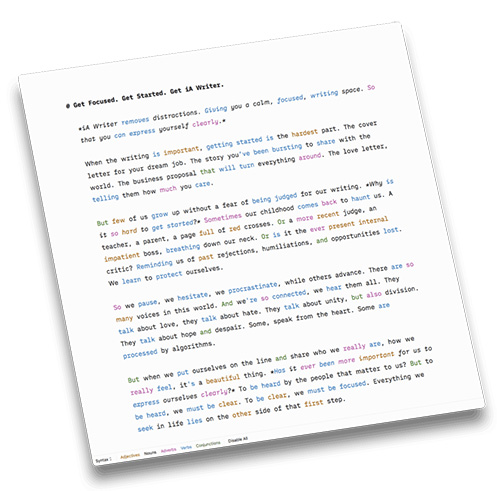


Instead of enhancing the writing process, these apps get in the way of it. These apps put your writing onto a virtual page on your computer screen, when there’s often no need to think about printed pages and their properties. When you zoom into a Word document, the document remains static, forcing you to scroll around in every direction to follow the writing. Design magazine Smashing explains that “design and development should respond to the user’s behavior and environment based on screen size, platform and orientation.” By their very nature, Word and Docs can’t be fully responsive. One of the most important design concepts of the past decade has been responsive design. Simple options are complicated and hard to find The apps are a pain because they’ve packed in too many features In 1984, BYTE magazine called Microsoft Word’s mouse-centric interface “extremely frustrating to … operate efficiently.”ĭocuments can only be viewed correctly with the software used to create them People have been criticizing this for decades. What Microsoft Word and Google Docs do not make sense for is writing. These apps make sense for when you’re finished with a paper and want to align it with the formatting of styles like MLA. WYSIWYG was a beautiful innovation because it helped novice computer users understand the relationship between their typing and the eventual paper hard copy. The same is true of collaboration tool Google Docs. And yet, Microsoft Word remains the de facto app for college papers.Ī What-You-See-Is-What-You-Get text editor, desktop publishing app Microsoft Word is built around formatting text for the printed page. People have more options for writing apps than ever before.


 0 kommentar(er)
0 kommentar(er)
